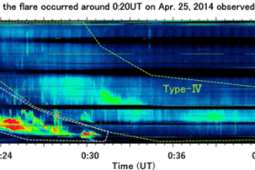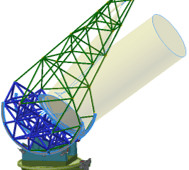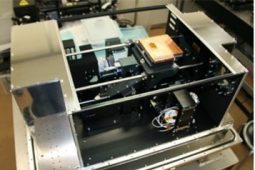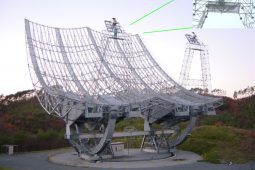Observation of spatio-temporal variations in Mercury’s sodium exosphere using the Haleakala T60 telescope with the fiber-fed spectrograph

This post is also available in: Japanese
Tohoku University utilizes a remotely controlled 60 cm aperture telescope (T60) located at the summit of Haleakalā, Maui, Hawaii. This enables continuous, unparalleled observations of solar system bodies. A Fiber-fed Integral Field Spectrograph (IFS) attached to this telescope allows for flexible modification of the light path using optical fibers, making it possible to capture
the two-dimensional spatial distribution of a specific wavelength at a particular moment.
I am using this Fiber-fed IFS to capture and observe the atmosphere of Mercury in two dimensions. Mercury possesses a tenuous atmosphere, far thinner than the altitude at which the International Space Station orbits, composed of elements like alkali metals evaporating from the surface. Among these, the emission from neutral sodium is bright and widely extended due to
solar illumination, making its distribution and variation detectable through ground-based observations.
This research aims to conduct simultaneous observations with the joint European-Japanese mission BepiColombo, which is scheduled to enter Mercury’s orbit at the end of 2026. By combining ground-based and spacecraft data, we seek to understand the distribution, variations, and underlying mechanisms of Mercury’s tenuous atmosphere. Mercury, unlike the Moon, possesses a magnetosphere, and its sodium atmosphere is influenced by it, leading to variations on a timescale of mere minutes. I hope that by capturing the changes in the spatial distribution that our instrument is beginning to detect, we can unravel the mechanisms driving these variations, and that is the goal of our observations.Written by TAKATORI Naoko.
This post is also available in: Japanese





